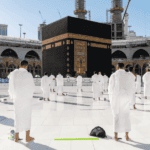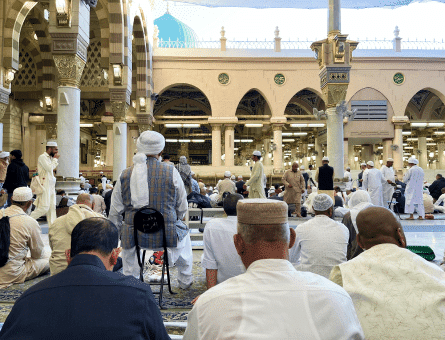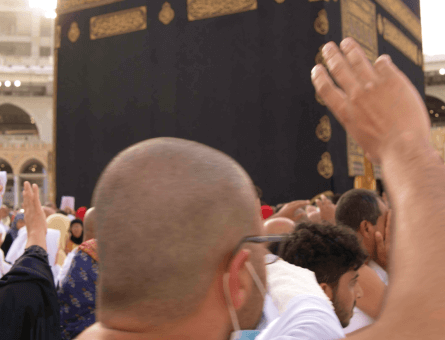Shawt Explained: Meaning, Rituals & Significance in Islam
In the Name of Allah—the Most Compassionate, Most Merciful.
For Muslims, pilgrimage to Makkah feels like a dream come true. It’s a spiritual journey filled with deeply sacred rituals.
And among these rituals, shawt stands out as a moment that touches the hearts of many first-time pilgrims. It is not just a physical act.
It is a symbol of devotion, unity, and connection to Allah (سبحانه وتعالى), as Muslims walk together in a uniform and humble manner.
If you want to learn about shawt in detail, keep reading. It will help you understand what shawt truly represents and how it fits within the larger ritual of tawaf.
You will also get to know its spiritual significance, and how to perform it correctly.
We’ll also address common questions with clarity and care, helping you approach this act of worship with both knowledge and confidence.
What Is Shawt in Islam?
As an act, “shawt” refers to one complete circuit around the Kaaba during the ritual of tawaf, which is the act of moving around the Kaaba counter-clockwise.
There are seven shawts in a tawaf. Each shawt starts at the Black Stone (Hajar al-Aswad) and ends at the same point.

What Does the Word “Shawt” Mean?
In meaning, the Arabic word “Shawt” literally means “a single turn” or “one circuit.” In the context of pilgrimage, it means one full circumambulation around the Kaaba.
“Shawt meaning is directly tied to the physical act of one circle around the sacred house.”
What Is the Kaaba?
The Kaaba, located in the Masjid al-Haram in Makkah, is the focal point of Islamic worship. It is a cubic structure covered in the black Kiswah cloth.
Globally, Muslims face toward the Kaaba for their prayers.
As the centre of tawaf, the Kaaba unites pilgrims together and represents equality, as rich, poor, local, or foreign, all walk around it with the same purpose.
Since the Kaaba is central to each circuit, a shawt is incomplete without it.
What Is Tawaf in Islam?
Circling back, “Tawaf” is the ritual of circumambulating the Kaaba seven times, and each of these seven circuits is called a shawt.
The pilgrim begins at the Hajar al-Aswad, touches or gestures toward it if possible, then walks left shoulder closer to the Kaaba through each shawt.
Frequently Asked Questions
Below are answers to the most common questions pilgrims have when they plan for Umrah and Hajj.
Summary – Shawt
In summary, a shawt is one full circuit of tawaf around the Kaaba, beginning and ending at the Hajar al-Aswad.
Pilgrims perform seven shawts, which demonstrates devotion and solidarity with Muslims worldwide. Shawt is both a physical movement and a spiritual act that anchors the pilgrim’s connection to Makkah and to Allah (سُبْحَانَهُ وَتَعَالَىٰ).
May every shawt be your path to divine proximity, humility, and grace!













